ROCKLAND — People who think they know the Farnsworth Art Museum might be surprised when they visit this season.
Every gallery is being reinstalled, as chief curator Michael K. Komanecky uses the occasion of the Farnsworth’s 65th anniversary to reinterpret and re-evaluate the museum’s collection and Maine’s role and continued influence in the American art world.
Komanecky sifted through the museum’s collection of some 15,000 objects. His efforts resulted in a season-long series of exhibitions under the umbrella title “American Treasures: The Best of the Farnsworth Collection.”
The first of those have opened, and the rest will roll out with staggered openings through June. By then, every corner of the museum’s public exhibition space will have received attention.
The season also includes a major N.C. Wyeth exhibition, “Every Picture Tells a Story,” with 30 illustrations and paintings spanning the artist’s career. Presented in partnership with the Brandywine River Museum in Pennsylvania, the show opens April 27.
There’s also a smaller show by N.C.’s son, Andrew Wyeth. “Her Room,” a painting that depicts a lonely, empty room looking out to the sea, is displayed with other works to demonstrate the anatomy of a painting. The centerpiece, the finished painting, is accompanied by a series of pencil and watercolor studies that Wyeth used to arrive as his finished work.
The Farnsworth made national headlines when it purchased the painting in 1964 for $65,000. At the time, it was the highest price paid by a museum for a work by a living artist. Wyeth died in 2009.
Also in June, the museum will reopen the Farnsworth Homestead. Built in the mid-1800s, this was the Farnsworth family home. It closed to the public in 2010 for a restoration and revitalization. Restoration is ongoing, but tours resume this summer.
“This is a big year for us,” said museum director Christopher Brownawell. “This is an opportunity to show the best work we have. It’s given us the chance to think differently about the museum, to really take a look at not only what we have in the collection, but who and what we are as an institution.”
Brownawell hopes the reinterpretation will encourage visitors to set aside their perceptions of the museum and look at the Farnsworth anew. The collection is “incredibly rich,” he said, and encompasses examples of work by major artists with generational influence.
The list of artists whose work will receive attention this year contains some of the biggest names in American art: Fitz Henry Lane, George Bellows, Childe Hassam, Marsden Hartley, Winslow Homer, Edward Hopper, John Marin, Elliot Porter, Louise Nevelson, Alex Katz and Robert Indiana.
The museum opened in August 1948, founded on the vision of Lucy Copeland Farnsworth. She desired a museum and library that celebrated Maine’s role in American art, and provided the foundation for the collection by focusing on artists who worked and lived in Maine.
“She must have been a remarkable woman,” Komanecky said. “She built this museum, and saw it through from an idea into something very real and significant. It wasn’t easy in those days, right after World War II, to have the vision and make it happen.”
The season-long celebration consists of several related shows: “Small Treasures” and “Other Voices,” both now on view; “Maine Voices,” opening May 18; and three that open June 1: “New Visions, New Languages,” “Visions of Land and Sea” and “Family and Friends.”
The first show, “Small Treasures,” challenged Komanecky to choose paintings small in size but big in impact. These are works that might not be shown in an exhibition of grander scale, because they would be lost among the larger frames.
Grouped together, each of the small pieces makes a statement.
“We could do three shows or four shows from our holdings, all based on small pieces,” Komanecky said. “The power and impact of a work of art is not determined by its size, but by the artist’s idea and execution.”
Some choices were obvious. Paintings by Robert Henri and Hartley, for example, presented themselves to Komanecky before he made other decisions.
Others were a surprise: A Leon Kroll painting from Ogunquit in 1915 and Thomas Eakins’ “Study for the Thinker.” Eakins made the study to test a compositional idea that he later used in a larger piece.
“Other Voices” focuses not on the paintings of Alex Katz, but on his generosity as a patron. Katz has contributed dozens of contemporary paintings to the museum though his foundation. This show includes paintings by Janet Fish, David Salle and others. Some have connections to Maine; others do not.
“Maine Voices” will feature work by artists living and working in Maine, but whose work does not necessarily feature Maine themes.
“New Visions, New Languages” offers a survey of work from the era of abstraction, and “Visions of the Land and the Sea” gives viewers the depth and breadth of Maine as interpreted by the artists through the centuries.
One of the primary pieces in the exhibition is Indiana’s iconic steel “LOVE” sculpture, which has restored and repainted in red and blue.
“It’s probably the most famous and most significant work of art that we own,” Komenecky said.
Staff Writer Bob Keyes can be contacted at 791-6457 or:
bkeyes@pressherald.com
Twitter: pphbkeyes
Send questions/comments to the editors.


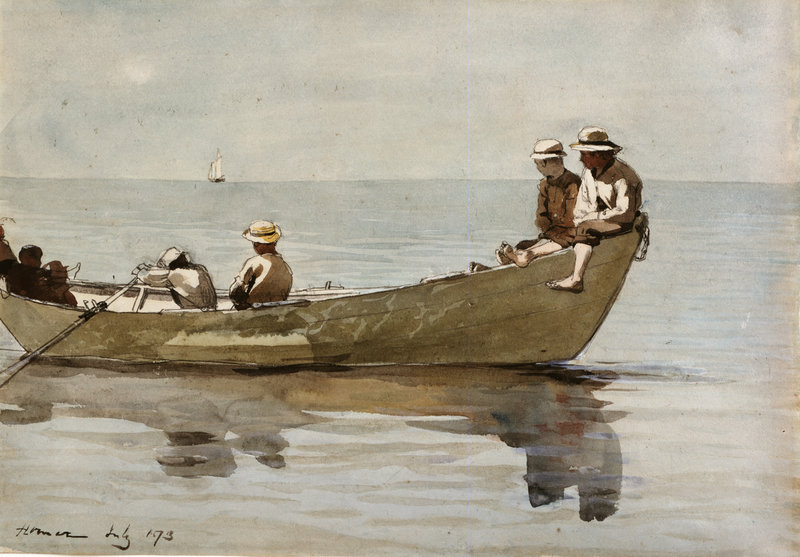
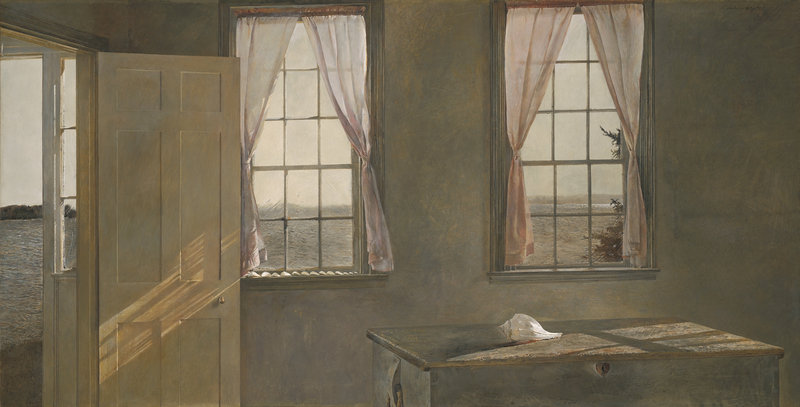
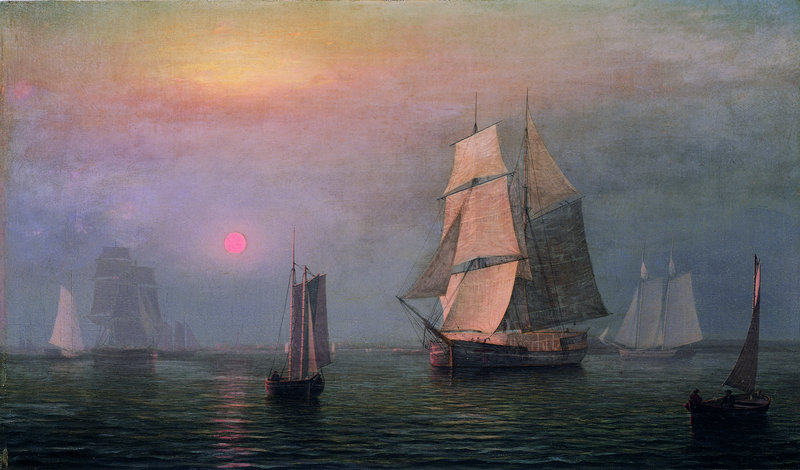
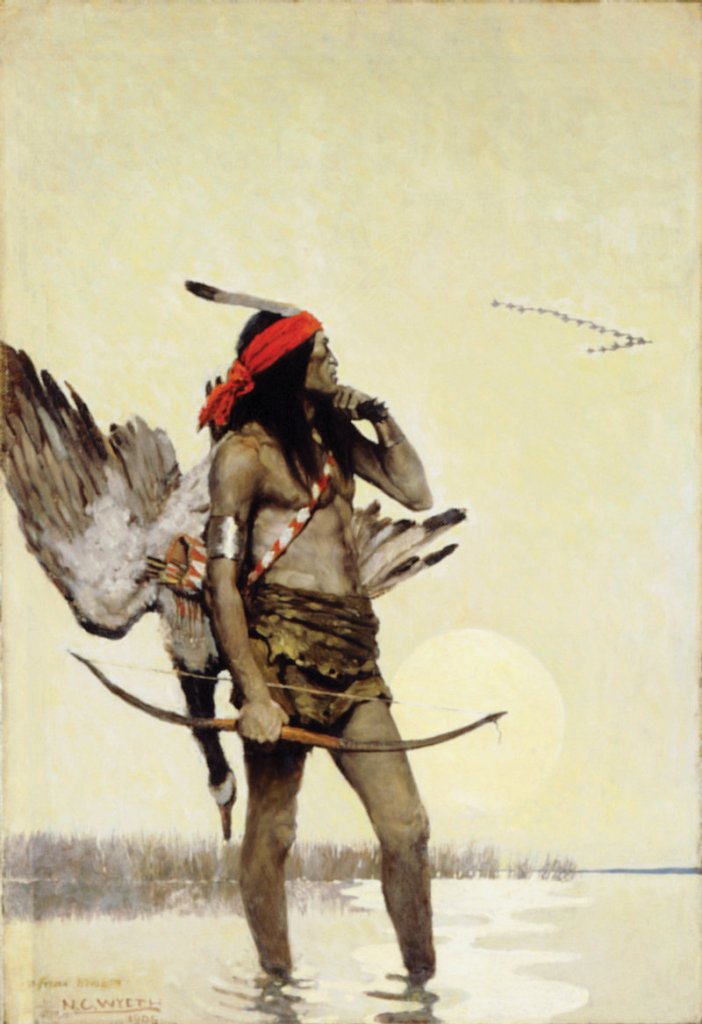
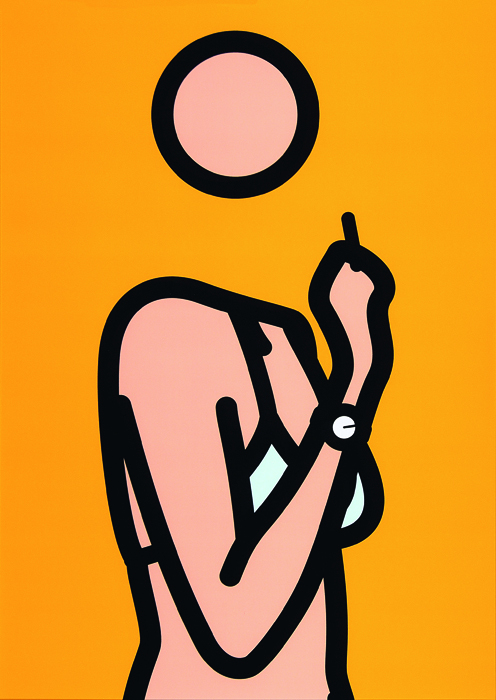

Success. Please wait for the page to reload. If the page does not reload within 5 seconds, please refresh the page.
Enter your email and password to access comments.
Hi, to comment on stories you must . This profile is in addition to your subscription and website login.
Already have a commenting profile? .
Invalid username/password.
Please check your email to confirm and complete your registration.
Only subscribers are eligible to post comments. Please subscribe or login first for digital access. Here’s why.
Use the form below to reset your password. When you've submitted your account email, we will send an email with a reset code.